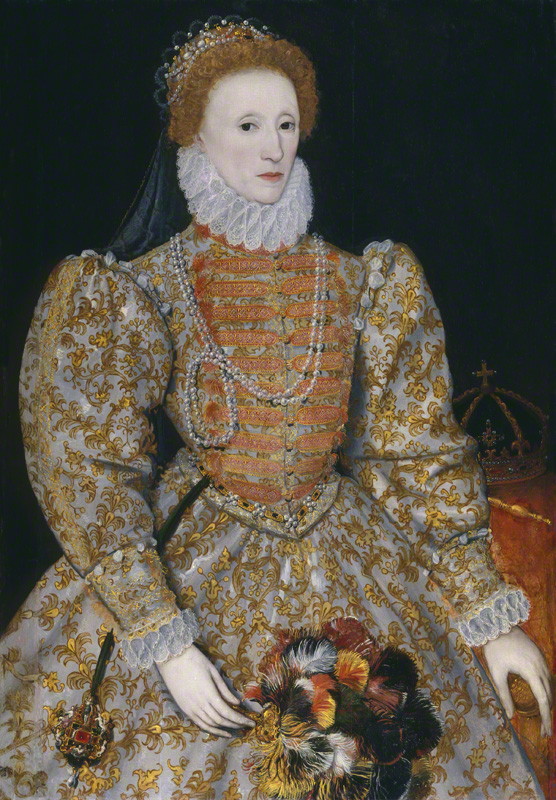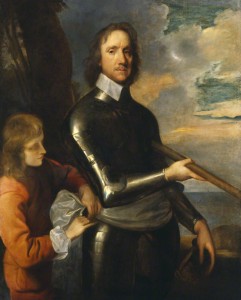AS / A Level History
The exam boards prescribe the curriculum for GCE History. There are four main exam boards:
All these exam boards offer at least one History GCE. If your audience is likely to be from local schools it is worth finding out what boards they use and get advice from history teachers at those schools about what would be most useful for them. The criteria of GCE A Levels and AS Levels has been revised recently and references are to the new syllabus from September 2008.
It depends on the nature of your portrait collection and the syllabus of the exam board as to what learning programmes you could run. Below are ideas based on the GCE History syllabuses of current exam boards:
- A collection with portraits (whether of famous people and / or local people) from the early twentieth-century can provide historical evidence for Study Topic 4 Domestic Issues 1918-1951 on OCR GCE History A. These portraits can be used to consider subjects such as the effects of war on food, women, industry, health and housing. The increase in the circulation of visual images in the media and on film can also be discussed and contextualised.
- A substantial collection of nineteenth-century portraits, particularly if they are of political figures (whether local or national) can be used to consider Reform and Its Impact on 19thC Britain for Unit 3 Edexcel GCE in History.
- Sixteenth and seventeenth-century portraits can be used to consider Tudor power, patronage and imagery for Religion and Monarchy in Tudor and Stuart Times for Unit 3 Edexcel GCE in History.
Using Historical Evidence
The main area in which a study of portraiture can assist across all GCE History qualifications is the topic of Using Historical Evidence. Different types of portraiture and portraits can be used as historical sources and compared and contrasted with other historical sources. Portraits can assist by:
- Illustrating the distinction between historical sources and historical evidence and between primary and secondary sources
- Illustrating the range of different visual sources
- Understanding that historical sources have to be interpreted and can be interpreted in many ways, and the disciplined use of historical imagination when interpreting portraits
- Reading portraits as historical sources and being aware that the audience for which they were intended differs from a contemporary audience.
- Using a range of sources together and cross-referencing historical evidence
- Understanding why and how different interpretations of historical sources are constructed.
A good example: Art, Power and Politics in the Seventeenth Century
The National Portrait Gallery runs a session that looks at the visual language of power and conflict during the reign of the Stuart Kings James I and Charles I, the Civil War and the Interregnum.
The visual language of ‘Divine Rule’ within portraiture is considered as is the growth of printed media and the distribution of political propaganda amongst different social classes.
Return to ‘Key Stage Five / Sixth Form College / Further Education (16+)′


